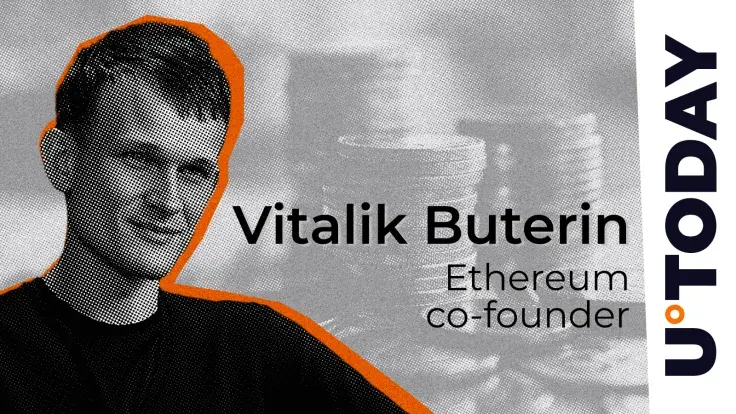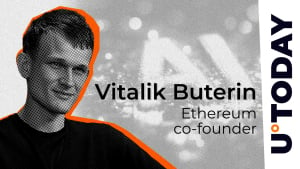
Disclaimer: The opinions expressed by our writers are their own and do not represent the views of U.Today. The financial and market information provided on U.Today is intended for informational purposes only. U.Today is not liable for any financial losses incurred while trading cryptocurrencies. Conduct your own research by contacting financial experts before making any investment decisions. We believe that all content is accurate as of the date of publication, but certain offers mentioned may no longer be available.
Vitalik Buterin, the cofounder of Ethereum, has strongly advocated for the ecosystem to adopt a higher layer-1 gas limit. Notably, the debate surrounding the L1 gas limit has intensified even after its recent increase from 30 million to 36 million.
Vitalik Buterin on censorship resistance and L2 fail-safes
This boosted Ethereum’s capacity by 20%, even though some still argue for higher increases. Buterin, in a post shared with the community, offered reasons justifying the adoption of a higher L1 gas limit.
The Ethereum cofounder argues that although most applications might migrate to L2, scaling L1 by approximately 10 times in the long term remains valuable. According to Buterin, even in a rollup-centric future, L1 remains valuable.
Generally, blockchain's core strength lies in its censorship resistance. Buterin notes that users might require censorship resistance within a limited time to avoid severe liquidations. Hence, if a sender can afford the L1 fee, it should be included in the blockchain on time.
Buterin maintains that while mechanisms are available to force transactions into L1 in case of L2 censorship, it can only remain effective if L1 gas fees are affordable. He cited Arbitrum and Optimism as notable examples of L2 that have a force-inclusion mechanism. This allows users to submit transactions directly via L1.
Buterin suggests that scaling L1 approximately four times, or 4.5 times, would help maintain transaction costs and ensure that censorship-resistant transactions remain cost-effective.
Pectra upgrade and future enhancements
Meanwhile, in a recent insight about the Ethereum network, the cofounder assured that the incoming Pectra upgrade will double L2 network capacity. This will be achieved by increasing the blob target from three to six.
Developers are set to run tests on the Holesky and Sepolia on Feb. 24 and March 5, respectively. This is to ensure a seamless launch on the mainnet scheduled for April.


 Dan Burgin
Dan Burgin Vladislav Sopov
Vladislav Sopov U.Today Editorial Team
U.Today Editorial Team